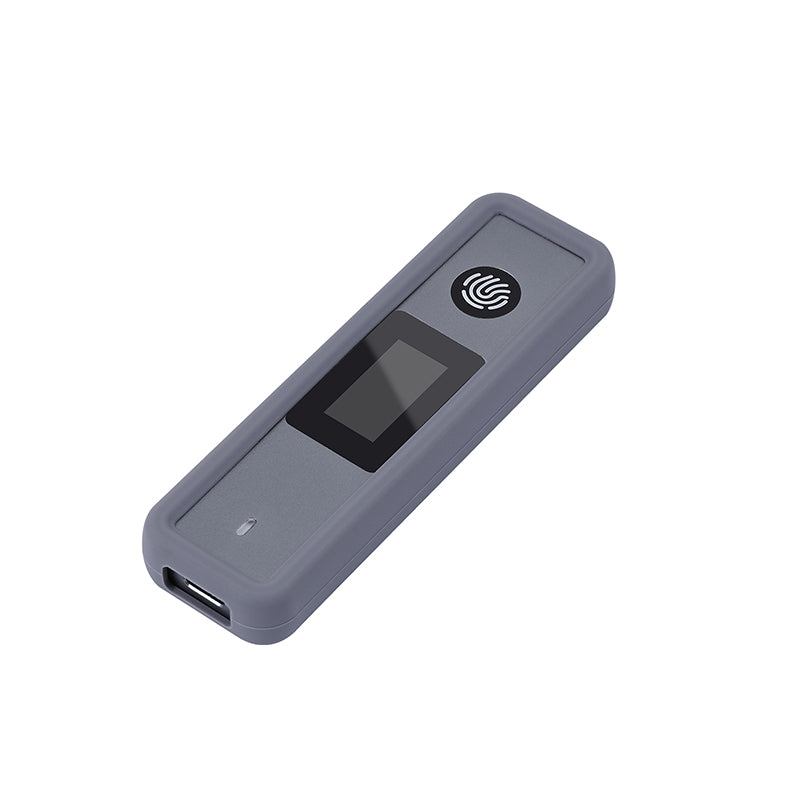
Aktie
So schließen Sie mehrere Monitore mit einem HDMI-Adapter an
1. Einleitung
Die Vergrößerung Ihres Bildschirms ist entscheidend für die Produktivität – sowohl im Büro als auch zu Hause. Ein Multi-Monitor-Setup macht Multitasking, Datenanalyse und Videobearbeitung deutlich reibungsloser. Dieser Artikel erklärt Ihnen, wie Sie mehrere Monitore mit einem HDMI-Adapter richtig anschließen . So vermeiden Sie häufige Fehler und können schnell loslegen.
2. Grundlegende Konzepte und häufige Missverständnisse
- HDMI-Adapter vs. HDMI-Splitter
Ein HDMI-Splitter dupliziert lediglich ein Videosignal auf mehrere Bildschirme (Spiegelmodus) und kann Ihren Desktop nicht erweitern. Wenn Sie auf jedem Monitor unterschiedliche Inhalte anzeigen möchten, benötigen Sie einen HDMI-Adapter oder eine Dockingstation, die erweiterte Displays unterstützt.
- HDMI unterstützt keine Daisy-Chaining-Funktion
Der HDMI-Standard erlaubt keine Reihenschaltung. Wenn Sie Monitore in Reihe schalten möchten, benötigen Sie DisplayPort 1.2 MST oder ein Thunderbolt-Setup.
3. Vergleich der Verbindungsmethoden für mehrere Monitore
|
Verfahren |
Beschreibung |
Vorteile |
Nachteile |
Am besten für |
|
HDMI + USB-C-zu-HDMI-Adapter (Erweiterter Modus) |
Verwenden Sie den HDMI-Anschluss Ihres Laptops für den ersten Monitor und einen USB-C-zu-HDMI-Adapter für den zweiten Monitor. |
Günstig, flexibel |
Der USB-C-Anschluss muss den DisplayPort Alt-Modus unterstützen |
Die meisten modernen Laptops (Windows/USB-C) |
|
USB-C- oder Thunderbolt-Dockingstation |
Ein Kabel zum Verbinden mehrerer HDMI/DP-Ausgänge. |
Sauberer Aufbau, Ein-Kabel-Lösung, vielseitig |
Höhere Kosten, vor allem für neuere Geräte |
MacBook Pro/Air, High-End-Windows-Laptops |
|
Externe USB-Grafikkarte (USB-3-auf-HDMI-Adapter) |
Fügt einen zusätzlichen HDMI-Ausgang über USB hinzu. |
Plug-and-Play, einfach einzurichten |
Benötigt Treiber, etwas geringere Leistung |
Ältere Laptops ohne mehrere Ausgänge |
|
DisplayPort-Daisy-Chaining |
Verketten Sie Monitore über DisplayPort. |
Einfache, saubere Verkabelung |
Monitore müssen DP-Ausgabe unterstützen; erfordert DP 1.2+ |
Professionelle Workstations, kreative Setups |
4. Schritt-für-Schritt-Anleitung (Verwendung eines USB-C-zu-HDMI-Adapters)
Schritt 1: Überprüfen Sie Ihr Gerät
Stellen Sie sicher, dass Ihr Gerät über einen HDMI-Anschluss und einen USB-C-Anschluss verfügt, der DisplayPort Alt Mode oder Thunderbolt unterstützt.
Schritt 2: Schließen Sie Ihre Monitore an
- Schließen Sie den ersten Monitor an den HDMI-Ausgang an.
- Verwenden Sie für den zweiten Monitor einen USB-C-zu-HDMI-Hub (der erweiterte Anzeigen unterstützt).
Ein Reddit-Benutzer erklärte: „Mit einem HDMI-Kabel erhalten Sie einen Monitor und einen USB-C-auf-HDMI-Adapter für den zweiten Monitor.“ ( reddit.com )
Schritt 3: Konfigurieren Sie Ihr System (Windows-Beispiel)
- Gehen Sie zu Einstellungen > System > Anzeige .
- Wählen Sie unter „Mehrere Anzeigen“ die Option „Diese Anzeigen erweitern“ aus .
- Ordnen Sie Ihre Anzeigen im Layoutfenster neu an, sodass die Maus nahtlos zwischen den Bildschirmen wechselt ( dell.com ).
5. Häufige Probleme und Fehlerbehebung (FAQ)
- Warum zeigen beide Bildschirme den gleichen Inhalt?
Sie verwenden wahrscheinlich einen HDMI-Splitter, der die Anzeige nur spiegelt. Verwenden Sie stattdessen einen HDMI-Adapter , der erweiterte Anzeigen unterstützt.
- Warum funktioniert nur ein Bildschirm mit meinem USB-C-Hub?
Viele Hubs unterstützen nur die Spiegelung. Achten Sie beim Kauf darauf, dass der Hub „Dual Extended Displays“ explizit unterstützt.
- Wie bekomme ich zwei Monitore auf einem Mac?
Macs unterstützen den erweiterten Modus mit Standard-HDMI-Hubs nicht. Für echte Dual-Monitor-Funktionalität benötigen Sie eine Thunderbolt-Dockingstation.
6. Schlussfolgerung und weiterführende Literatur
Der Schlüssel zum erfolgreichen Anschluss mehrerer Monitore liegt in der Auswahl des richtigen Geräts : Vermeiden Sie einfache Splitter, die nur zur Spiegelung dienen, und verwenden Sie einen HDMI-Adapter oder eine Dockingstation, die erweiterte Anzeigen unterstützt.
Weitere Informationen finden Sie in verwandten Leitfäden wie „ HDMI-Adapter erklärt: Typen, Verwendungsmöglichkeiten und Kaufratgeber für 2025 “ und „Die besten USB-zu-Ethernet-Adapter 2025 (getestet und verglichen) “, um die richtige Kaufentscheidung zu treffen.

